Campus Update - Planning for the Future
April 16, 2020
April 16, 2020
Dear UAlbany Community:
Now that we are getting into a rhythm with our new systems of remote teaching, learning and working, this is an important time to provide an update about how the University is planning for the future.
As you know, we are dealing with a fundamental uncertainty about the impacts of COVID-19 in the coming months. While we do not yet know the trajectory of the pandemic, clearly it will not be “business as usual” anytime soon. However, we must continue planning for the next few months and for our long-term future.
For every aspect of our operations, our planning will be based on a firm commitment to continuity and the most realistic projections possible. For example, given what we know today, we determined that our Summer Sessions will be fully remote and our new student summer orientation will be conducted virtually. However, as we look toward fall 2020, we do not yet know what conditions will prevail in terms of COVID-19. Therefore, we are preparing for multiple scenarios, including:
The same multi-scenario approach to academic continuity will apply to financial planning, research, residential life, facilities, student services, events, and many other programs and initiatives. To accomplish this, we will convene several working groups that will develop different scenarios—and engage the University community to participate in the planning process.
As you know, our hard work is not over, and we will have to remain nimble. However, I am confident that we will be able to navigate these uncertain waters. Why? Because I know that our community is resilient, strongly committed, and working incredibly hard to ensure UAlbany’s success.
I truly believe that we will come out of this stronger than before. One critical way to make sure we achieve this is by documenting the lessons learned from this experience—some of which will help us be even more successful in the future. So, let us build on what we learn throughout this crisis to ensure that our planning is informed by these unprecedented circumstances.
Again, muchísimas gracias—thank you for everything you are doing and will continue to do to support each other. And, as always, please stay safe, stay healthy, and stay connected.
Sincerely,

Havidán Rodríguez
President
Scientists can identify the origins of diseases by studying how RNA turns genes on and off, potentially leading to innovative disease treatments and possible cures.
The RNA Institute offers unique opportunities to researchers and trainees for collaboration and interdisciplinary research. We have more than 50 faculty working to understand the role of RNA in fundamental biological processes, developing RNA as a tool for science and harnessing this knowledge to improve human health.
The RNA Institute is more than just a modern research facility. We are a collection of diverse and talented researchers and laboratories united by a common goal in understanding the role of RNA across different fields, including biology, chemistry, biomedical sciences, physics, and nanobiosciences. RNA forms the basis of our research, it is the common element that we study, build, modify and analyze as well as the building blocks that we use to construct tools, reporters, and therapies.
Our RNA Training Programs provide a multi-disciplinary curriculum with a focus on RNA and its health-related benefits. We develop our future science leaders by providing trainees from high school to post-doc students and beyond with comprehensive access to faculty, techniques, and collaborations within Biological Sciences, Biomedical Sciences, Chemistry, and Nanobiosciences. Our training includes the Doctoral RNA Training Program and the Undergraduate Summer Fellowship.
One of The RNA Institute's strengths is the diversity of our faculty's research and range of disciplines. However, the diversity of our faculty and trainees lags behind the University at Albany's undergraduate population and surrounding communities. In line with UAlbany's mission to ensure that diversity, in its people and in its ideas, drives excellence in everything that it does, the Institute launched a multi-pronged approach to increase diversity and support inclusivity at the Institute and across STEM disciplines.
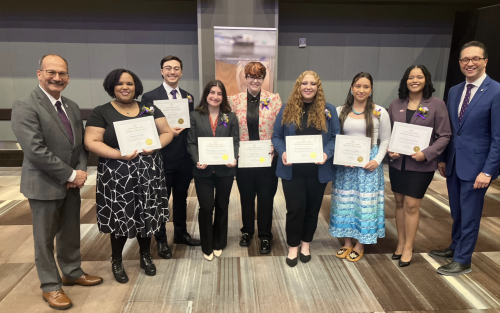
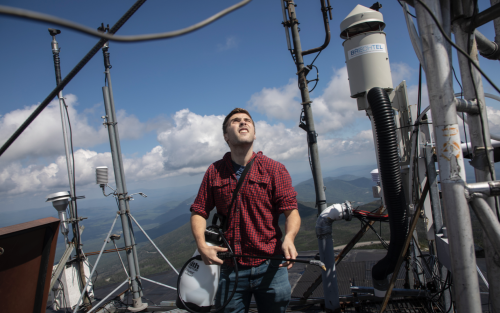
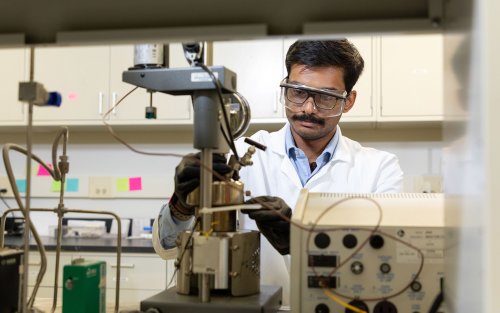
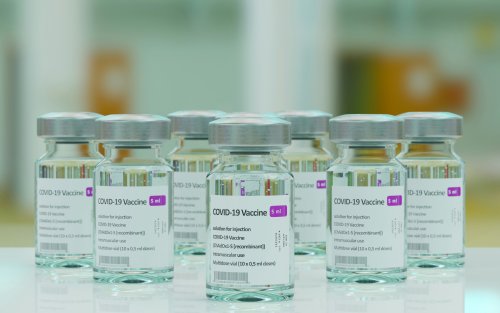
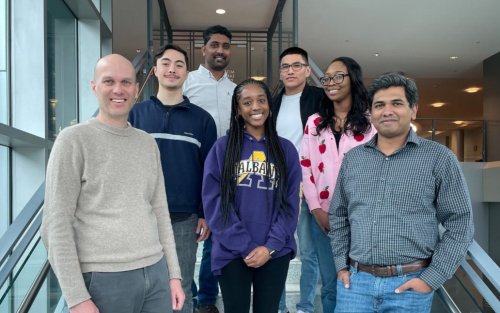
1400 Washington Ave
Albany, NY 12222
United States
On Site & By Phone: Monday - Friday, 9 a.m. to 5 p.m.
Twitter: @TheRNAInstitute